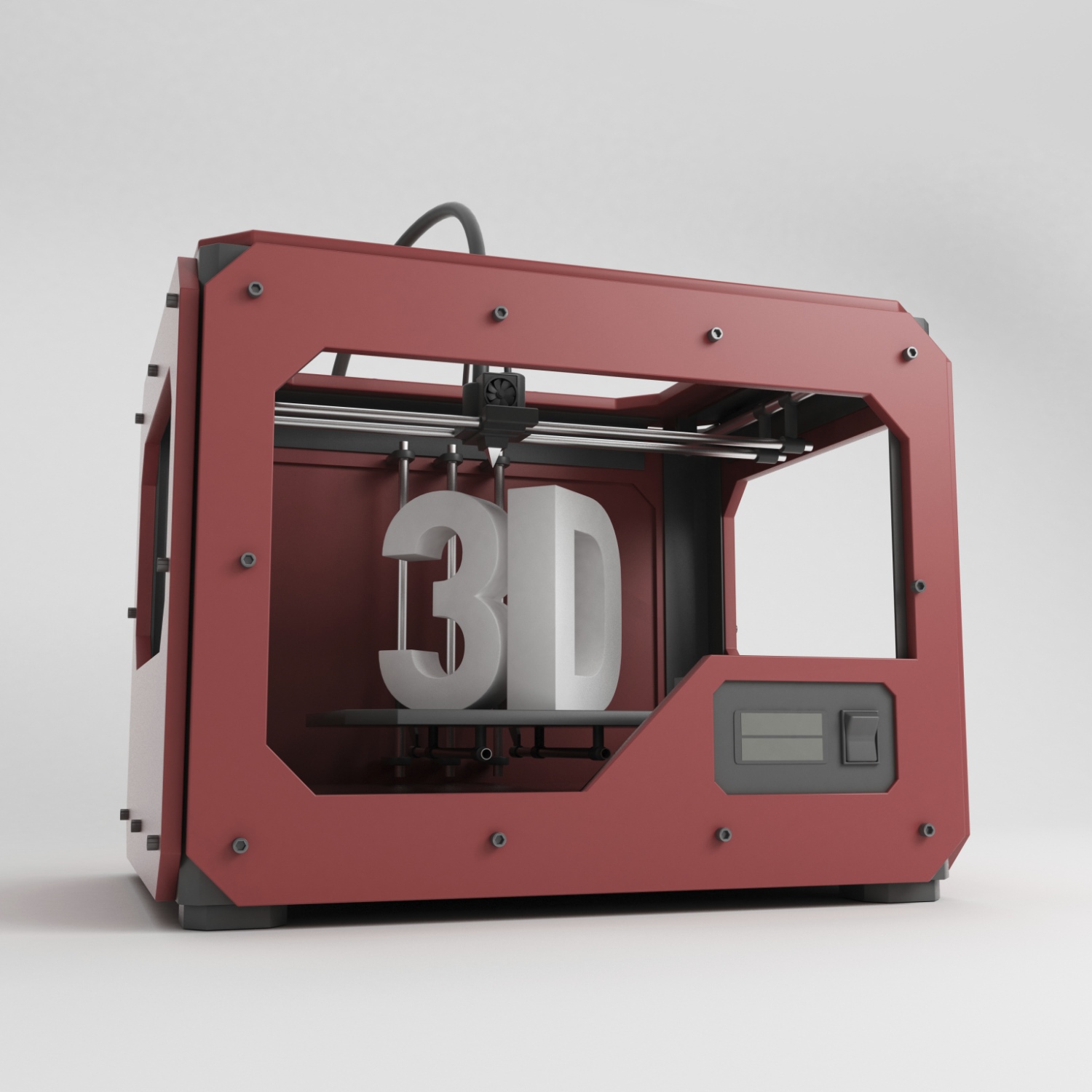Technology
Does GE's Failed 3D Printing Deal Make 3D Printing Players More Attractive?

Published:
Last Updated:

When investors hear about a failed merger, they probably think that they should be discouraged or that something bad is taking place. That just may not be the case for the 3D printing universe. General Electric Co. (NYSE: GE) announced on Wednesday that it is walking away from its acquisition of SLM Solutions in Germany. What matters here is that the minimum acceptance condition for tendered shares was not satisfied at the time of the expiration. As a result, GE’s tender offer for SLM has lapsed. That cut-off date of the acceptance period was Monday, October 24.
This might sound like it is bad for 3D printing in general. The reality is that the base case would be that it is neutral. After all, SLM Solutions is a maker of 3D printers for metal manufacturing. The other side of the coin is that this could make an upside case for the remaining 3D printing companies, even if the those companies seem generally more focused on consumer and business targets rather than heavy-duty industrial companies. That remains up for debate, but we have taken a look at these other 3D printing companies.
GE said that its 38% premium tender was very compelling. It also first made a tender offer to SLM shareholders and Sweden’s Arcam for $1.4 billion in September. If the offer was compelling, maybe the shareholders that did not tender think their ultimate value is higher. If that is true, maybe this lifts the entire valuation world of 3D printing. Again, maybe.
GE has tried to make a deeper push into 3D printing. That effort is being led by GE’s aviation business, but GE’s other operations could greatly benefit from 3D printing as well. GE purchases 3D-printed equipment from both companies.
So, what should increase some of the interest here is that GE was on record within the past week noting that the conglomerate still has other options if this SLM acquisition offer fails. Would those options be looking at other companies? Just keep in mind that GE’s option could just be to increase what they are willing to pay on the old deals.
Shares of 3D Systems Corp. (NYSE: DDD) were last seen up 3% at $14.32. 3D Systems has a 52-week trading range of $6.00 to $19.76. Its consensus analyst target price is $14.88. It currently has a market cap of $1.6 billion. Thomson Reuters has consensus estimates on 3D Systems revenues of $650 million in 2016 and $697 million for 2017.
Stratasys Ltd. (NASDAQ: SSYS) was last seen up 1.2% at $20.00, in a 52-week range of $14.48 to $30.46. It has a consensus price target of $22.93, and its market cap is $1.04 billion. Thomson Reuters has a consensus revenue estimate of $701.5 million in 2016. Its 2017 estimate is $755 million.
The ExOne Co. (NASDAQ: XONE) was last seen up 1.4% at $12.25 on Wednesday. Volume is very thin here, and its market cap is $197 million. That may be too small, at least on the surface, for GE to bother chasing. ExOne has a 52-week range of $6.50 to $16.15. The consensus price target is $13.70.
Voxeljet A.G. (NASDAQ: VJET) was not participating in the 3D printing gains on Wednesday, but just barely. Its shares were last seen down three cents at $4.38. The 52-week range is $3.50 to $6.99. Its trading volume is even thinner than ExOne’s volume, and its market cap of barely $81 million might make it too small for a company the size of General Electric to care about.
Back when GE announced its dual deals for supplier additive equipment manufacturers, the shares of these 3D printing stocks rose. 3D Systems was up 5% and Voxeljet was up over 4%. Other 3D printers were up, but the reality is that these companies just might have been up in spirit rather than in substance.
24/7 Wall St. routinely checks the monthly short interest trends in many sectors. It turns out that the short interest has continued to rise in the data that was just released this week. Still, that short interest pop is based upon a settlement date of October 14.
Even if you add up all of these revenues ahead into one company, it might not move the needle for GE on the surface. Perhaps the real question would be whether spending this sort of capital would generate enough savings that it could drive up GE’s operating margins in more than just one or two aspects of its business. If that were the case, then there could be value.
On a final note, you have already seen many “if” and “maybe” suppositions here. But all these shares are way down from their historic highs when 3D printing stocks were forming a bubble that needed to burst. Even if a deal comes in any one of these, it would seem like very low odds that any of the great premiums of yesteryear valuations would be seen again any time soon.
Thank you for reading! Have some feedback for us?
Contact the 24/7 Wall St. editorial team.